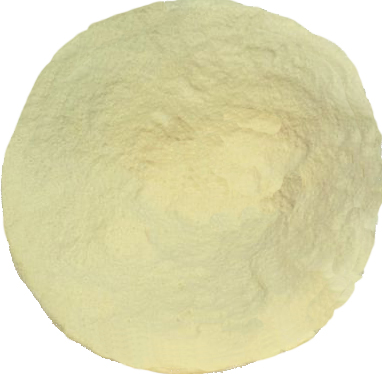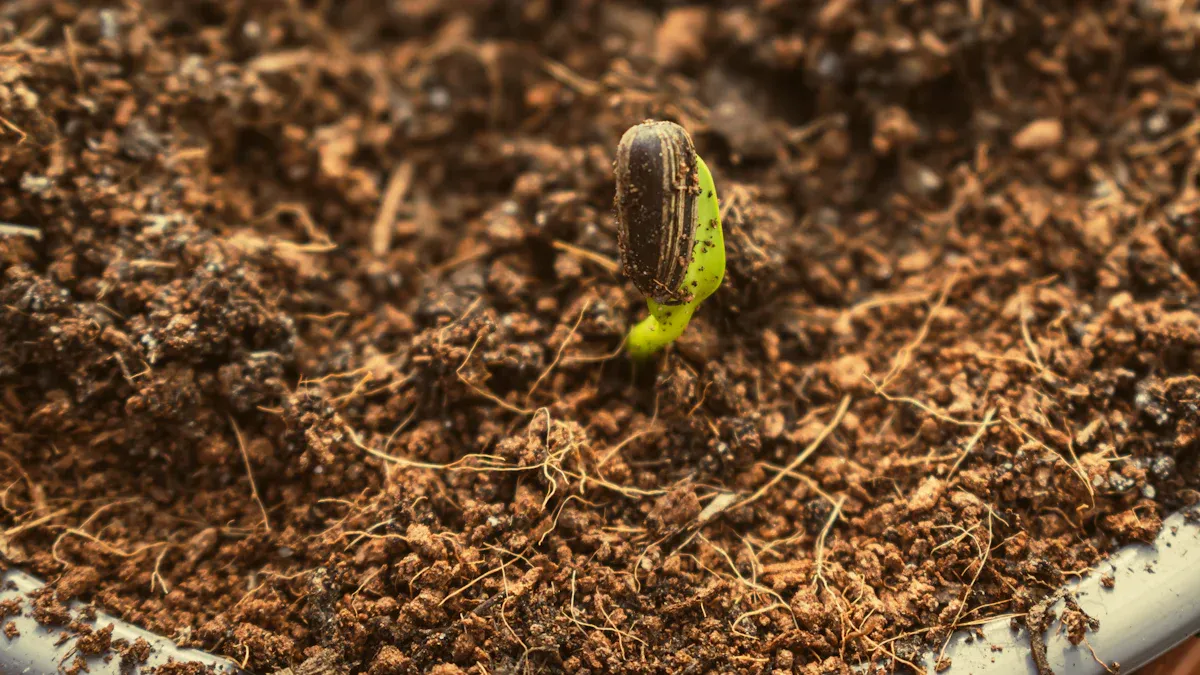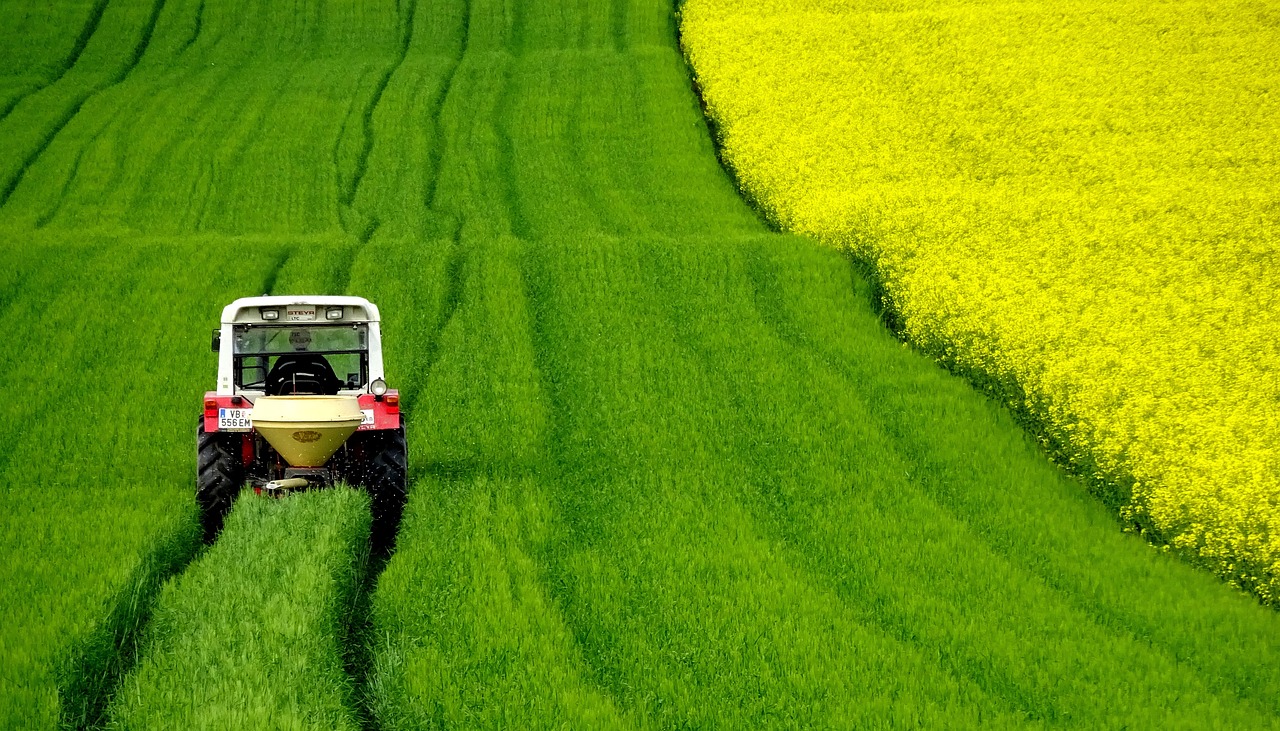Humic Acid Fertilizer vs Amino Acid Fertilizer: What You Need to Know

When comparing humic acid fertilizer vs amino acid fertilizer, you’ll notice key differences in how each supports plant growth. Humic acid fertilizer primarily improves soil quality and enhances nutrient uptake by roots, while amino acid fertilizer provides direct nourishment to plants, promoting faster growth and better stress resistance. Choosing between humic acid fertilizer vs amino acid fertilizer can make a significant difference for both your plants and soil health.
Key Takeaways
Humic acid fertilizer helps soil hold water. It keeps nutrients in the soil. It helps roots grow strong and healthy.
Amino acid fertilizer gives food straight to plants. It helps plants grow faster. It helps plants get better after stress.
Pick humic acid if you want healthy soil. Pick amino acids for quick plant food and stress help.
Use the right kind of fertilizer for your crops. Use the best way to put it on your farm.
Test your soil and watch your plants often. This helps you choose the best fertilizer. It helps you get good results.
Humic Acid Fertilizer vs Amino Acid Fertilizer

Humic Acid
Humic acid comes from old plants and animals that break down over time. This process makes a dark material called humus, which has lots of humic compounds. When you use humic acid fertilizer, you put these humic substances into the soil. Humic acid fertilizers are made from things like leonardite, peat, or compost. The chemical structure of humic acid is big and can hold water and nutrients.
Humic acid mostly helps the soil. It lets the soil keep more water and nutrients for roots. Humic acid can also make the soil better for roots to grow. It helps balance the soil pH, which helps plants grow well. When you compare humic acid fertilizer vs amino acid fertilizer, remember humic acid helps the soil, not the plant directly.
Amino Acids
Amino acids are what make up proteins in living things. When you use amino acid fertilizers, you give plants these important compounds. People make amino acid fertilizers by breaking down plant or animal proteins. These fertilizers have different amino acids that plants can take in through leaves or roots.
Amino acids work right on the plant. They help plants make proteins, grow faster, and get better after stress. Studies show amino acid fertilizers help with plant growth, fruit yield, and how plants use nutrients. For example, in strawberries and peppers, amino acid fertilizers raise vitamin C, improve fruit taste, and help plants use nitrogen better. Amino acid fertilizers can also help plants stay healthy when there is less nitrogen in the soil.
Tip: If you want better soil, use humic acid. If you want to help plants quickly, use amino acids.
When you think about humic acid fertilizer vs amino acid fertilizer, think about your goal. Humic acid is best for healthy soil. Amino acids give plants fast nutrition.
How They Work
Soil Improvement
You can see the effects of humic acid when you focus on soil improvement. Humic acid comes from soil organic matter and helps change the soil in many ways. When you add humic acid, you help the soil hold more water. This means roots can find water even during dry days. Humic acid also grabs onto nutrient particles. This keeps nutrients in the soil longer, so plants can use them when they need them. You will notice better nutrient availability for your plants.
Humic acid helps balance the soil pH. If your soil is too acidic or too alkaline, humic acid can bring it closer to the best range for plant growth. This makes it easier for roots to take up nutrients. You also improve soil structure with humic acid. The soil becomes loose and airy, which helps roots grow deep and strong. Good soil structure means more air and water move through the soil. This supports healthy development for your plants.
Note: Humic acid boosts soil improvement by increasing nutrient retention, water holding, and soil structure. You get better plant growth and stronger roots.
Direct Plant Nutrition
Amino acids work differently. You give plants direct nutrition when you use amino acid fertilizers. Plants can absorb amino acids through their leaves or roots. This fast absorption means plants get nutrition quickly, which helps with rapid growth and recovery from stress.
Amino acids help plants build proteins. These proteins are important for plant development and growth. When you use amino acid fertilizers, you increase plant absorption efficiency. This means plants use nutrients better and waste less. Amino acids also help plants handle stress from heat, drought, or disease. You support plant growth and development by giving them the building blocks they need.
You can use amino acids to boost plant nutrition and efficiency, especially when plants need quick help. This makes amino acid fertilizers a good choice for fast results and strong plant growth.
Benefits and Uses

Humic Acid Benefits
Humic acid gives many good things to your garden or field. It makes the soil loose and rich. This helps roots grow deep and strong. The soil holds more water, so plants do not dry out fast. Humic acid keeps nutrients in the soil for plants to use. This means less waste and better use of nutrients.
Humic acid helps seeds sprout faster and more evenly. It can balance soil pH, so plants get more nutrition. Many gardeners use humic acid with other fertilizers. It makes the soil better for roots and microbes. This leads to healthy plants and bigger harvests.
Tip: Use humic acid if you want better soil and long-term health.
Amino Acid Benefits
Amino acid gives plants food right away. It helps plants build proteins fast. This makes plants grow quickly and recover from stress. Amino acid fertilizers help plants use nutrients better. You get good results with less fertilizer.
Amino acid helps seeds sprout and young plants grow. Plants take in amino acids through leaves or roots. You see quick changes in plant health. Amino acid helps plants deal with tough times, like disease or bad soil. You will see better use of nutrients and stronger plants.
Note: Amino acid is best if you want fast results and help for stressed plants.
Best Use Cases
Pick the right fertilizer for your goals, soil, and crops. Here is a simple table to help you choose:
Goal or Condition | Best Choice | Why It Works |
|---|---|---|
Improve soil health | Humic acid | Makes soil better, holds water, and balances pH |
Fast plant recovery | Amino acid | Gives quick food for fast growth |
Boost seed germination | Both | Humic acid helps soil, amino acid helps seeds |
Poor nutrient retention | Humic acid | Keeps nutrients in soil longer |
Stress from heat/drought | Amino acid | Helps plants recover and stay strong |
Long-term soil improvement | Humic acid | Builds good soil for future crops |
Quick nutrient boost | Amino acid | Plants take in amino acids fast |
Use humic acid for crops that need strong roots and good soil, like corn, wheat, or grass. Amino acid is good for fruits, vegetables, or flowers that need fast food and stress help. For the best results, you can use both for balanced nutrition.
🌱 Pro Tip: Test your soil before picking a fertilizer. This helps you choose the right one and get the best results.
Application Methods
Product Forms
You can get humic acid and amino acid fertilizers in different forms. The main types are:
Granular: These are dry pellets you put on the soil. They are good for big fields and feed plants slowly.
Liquid: This type mixes with water. You can spray it on leaves or use it in drip irrigation. Liquid fertilizers give plants nutrients fast.
Powdered: Powders mix with water and work for soil or leaves. They are simple to store and measure.
Coated: These have a cover that lets nutrients out slowly. Coated types mean you do not need to add them often.
Some products have both humic acid and amino acids for balanced plant food. You might also find humic acid water-soluble fertilizers. These dissolve fast and work well in irrigation systems. For spraying on leaves, both humic acid foliar fertilizers and amino acid foliar fertilizers are common. These let you put nutrients right on the leaves.
How to Apply
There are a few ways to use these fertilizers. For soil, spread granular or coated types on the ground. Water after spreading so roots get the nutrients. For liquid and powdered types, mix with water. Use a watering can, sprayer, or drip system. Foliar application means spraying fertilizer on the leaves. This helps plants take in nutrients quickly, especially when stressed.
Smart farming tools help you use the right amount at the right time. Precision agriculture uses data to guide you. New technology like nanotechnology helps nutrients reach plants when needed. These new ideas help plants use more nutrients and waste less.
⚠️ Caution: Using too much fertilizer can hurt plants or pollute water. Always read the label and do not use too much.
Picking the right form and way to use fertilizer helps your soil and plants. Try to match your method to your crop and farm.
You now know that humic acid fertilizer improves soil health, while amino acid fertilizer gives plants quick nutrition. To choose the right one, always test your soil and check what your plants need. Here is a simple checklist to help you decide:
Test your soil for pH and nutrients.
Learn what nutrients your crop needs at each stage.
Pick a fertilizer that matches your crop’s needs.
Choose the best form and application method for your farm.
Watch how your plants grow and adjust if needed.
🌱 Choose wisely to help your plants and soil stay healthy.
FAQ
What is the main difference between humic acid and amino acid fertilizers?
Humic acid makes soil better and helps roots get nutrients. Amino acid fertilizers feed plants right away and help them grow fast. Pick the one that fits what your plants need most.
Can I use humic acid and amino acid fertilizers together?
Yes, you can use both at the same time. Humic acid helps soil stay healthy. Amino acids give plants quick food. Using both can help roots get strong and plants grow fast.
Are these fertilizers safe for all plants?
Most plants can use humic acid and amino acid fertilizers safely. Always check the label before you use them. Start with a small amount and watch your plants for changes.
How often should I apply these fertilizers?
Follow the directions on the package for best results. Many people use humic acid once each month. Amino acid fertilizers work well every two to four weeks, especially when plants are growing.
Tip: Make a simple plan to help your plants stay strong and healthy.
See Also
Comparing Humic Acid And NPK Fertilizers For Growth
Key Benefits And Differences Between Humic Acid And Seaweed
Evaluating Humic Acid Versus Chemical Fertilizers For Sustainability
How Humic Acid Fertilizers Manage Nutrients For Green Farming
